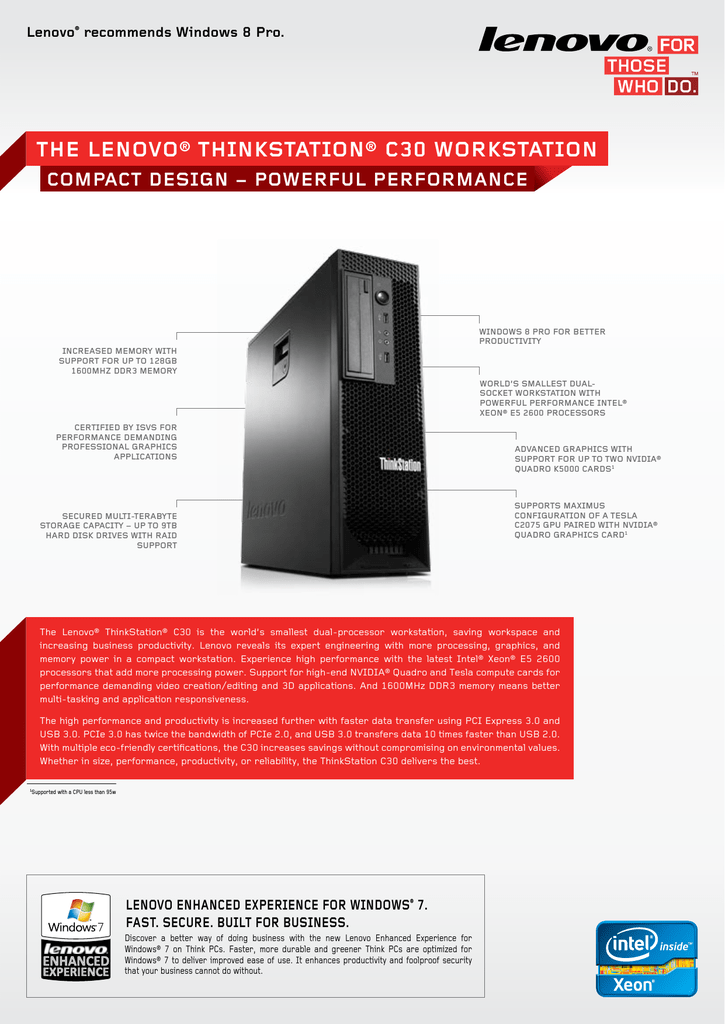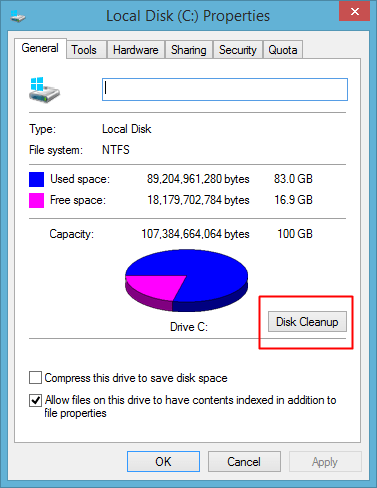

- WINDOWS 8 HOW TO MAKE COMPUTER FASTER WITH USB INSTALL
- WINDOWS 8 HOW TO MAKE COMPUTER FASTER WITH USB SOFTWARE
- WINDOWS 8 HOW TO MAKE COMPUTER FASTER WITH USB WINDOWS 8.1
- WINDOWS 8 HOW TO MAKE COMPUTER FASTER WITH USB PC
I bought Windows 8 back when it was like 40 dollars or something and in order to install it I created a partition Z and placed all the installation files inside of it.
WINDOWS 8 HOW TO MAKE COMPUTER FASTER WITH USB WINDOWS 8.1
This post is a translation of the German article Windows 8 auf UEFI-PCs installieren.Where can I download the original files from Windows 8.1 to create a bootable USB to repair my computer? Note: My computer doesn't turn on anymore, so I would like to create this bootable USB from a different computer and plug it in my own. If you don’t see this partition, you have to cancel the setup and try to find the reason why the setup is in BIOS mode. On UEFI PCs, Windows only boots from GPT drives on which it creates an additional EFI system partition.

If Windows 8 only creates one system partition aside from the installation partition, then you can assume that Windows will be installed in BIOS mode.
WINDOWS 8 HOW TO MAKE COMPUTER FASTER WITH USB PC
The system won’t be able to boot up on an UEFI PC if you install Windows 8 on a drive with existing MBR partitions. Converting existing partitions is not possible. If MBR partitions already exist on the hard drive, you have to delete those during the setup process. In most cases, the only thing you have to do is configure the boot-up sequence in the PC setup. Installing Windows 8 from a DVD usually doesn’t cause so many problems. A more reliable utility is the free Windows 7 USB tool alternative Rufus. The WiNToBootic tool supports this however, during my tests, the free utility sometimes crashed with a meaningless error message. Hence, a better option is to configure the USB stick as a GPT drive with FAT32. Depending on the hardware and firmware configuration, a Windows 8 setup that booted from an NTFS partition might automatically start the BIOS mode or even not boot up at all if CSM is turned off. Be careful not to delete the wrong drive.Ī problem of the Windows 7 USB/DVD Download Tool is that it always formats an existing partition with NTFS, but FAT32 is required for booting up in UEFI mode. Note: The diskpart tool is only for experienced users. Thus, you first have to delete all partitions and then convert the drive into a GPT drive with the diskpart command convert gpt: list disk Windows can only be started from GPT drives in UEFI mode. However, almost all memory sticks are configured as MBR drives so that you can’t use them as boot media. Microsoft offers the free Windows 7 USB/DVD Download Tool for this purpose. Of course, the USB drive must be bootable and contain all the Windows 8 setup files. Installing the operating system from a USB stick is a popular alternative to burning the ISO file on a DVD. The only exception is that the graphics adapter doesn’t support the UEFI Graphics Output Protocol. If you only install Windows 8, then you probably won’t need it anyway. You can avoid this behavior by disabling CSM in the PC setup. If the setup runs into problems during the Windows 8 installation, the BIOS emulation will automatically be enabled and the PC will be treated like a computer with old hardware. For instance, computers with an Asus P8H77 mainboard, which run the AMI firmware, belong in this category. On many PCs, the CSM is enabled by default.
WINDOWS 8 HOW TO MAKE COMPUTER FASTER WITH USB SOFTWARE
This welcome support of old hardware and software can sometimes cause the Windows 8 setup to install a 圆4 Windows in compatibility mode. By the way, this also applies to Windows 8 x86, which doesn’t run on UEFI systems only the 64-bit version supports UEFI. Not only is Windows 8 compatible with BIOS, but UEFI also comes with a Compatibility Support Module (CSM) that enables new PCs to mimic a BIOS. The main advantages of UEFI are the support of GPT drives, which allow you to use more than 2TB of space, Secure Boot, and a faster boot-up process. However, if you have just purchased new hardware, then you probably want to make use of all its capabilities. Windows 8 still can be installed on a BIOS PC, and UEFI is not required.


 0 kommentar(er)
0 kommentar(er)
